

Albion Online beginner's guide: everything you need to know to get started

- Platypousse
- April 30, 2024
- Tips
If you're planning to start playing Albion Online, or maybe you've already finished the tutorial and are now wondering "okay, but what should I do in this game", then this video is for you. In this Albion Online beginner's guide, we'll explain the basics, the important mechanics you need to know and, more generally, how to get the most out of your adventure.
Albion Online beginner's guide: first steps in the game
The first thing to do when you're new to Albion is to complete the tutorial. This will teach you the basics of the game, such as combat, harvesting and crafting. Don't worry if you haven't fully grasped all these concepts, we'll go into more detail in the video. Once you've completed the tutorial, you'll come to your first choice: where to land on the Royal Continent. In this beginner's guide to Albion Online, we'll look at what to do after the tutorial.
The Albion Online map
When you open your map with the M key set by default, you're invited to zoom out with your mouse wheel and you'll see that there are 2 large continents in the world of Albion. The one at the top concerns the black zones, which we'll come back to later in the video. For now, we'll concentrate on the lower continent, known as the Royal Continent. It's on this continent that you'll find the majority of the game's activities and economy. It comprises 5 major regions, with a city in each. There's also a 6th region called Carleon, but it's slightly different and we'll talk about it a little later in the video.
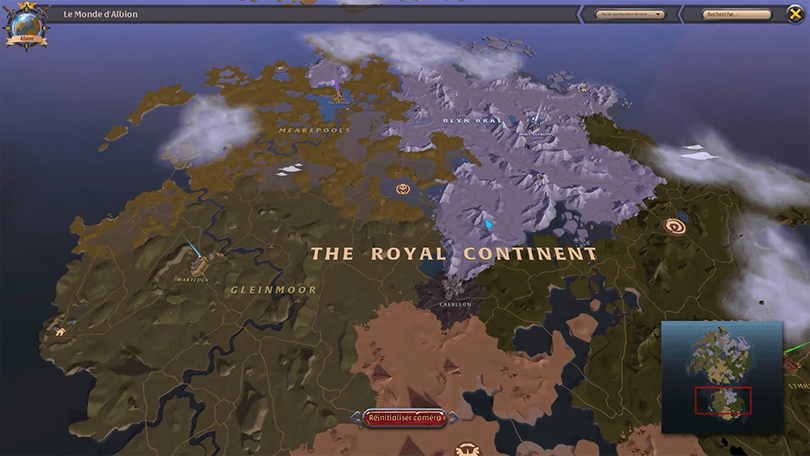
Each of these regions is recognisable by its own biome: snow, swamp, mountain, desert and forest. The zones are differentiated by three aspects: firstly, the graphics, and secondly, and most importantly, the harvesting of resources and the crafting of items.
Resources
In this Albion Online beginner's guide, we'll see that there are 5 different categories of resources to harvest: ore, fibre, stone, leather and wood. In each area of the game, you can harvest 3 of these resources in varying quantities. For example, in the wooded area, you'll logically find an abundance of wood, then a few animals that you can hunt to harvest their leather, and finally a small amount of stone. The same goes for the other resources in the game's different zones.
Cities in Albion Online
Now, about the 5 cities found on the Royal Continent, they all have profitability bonuses for manufacturing and you can see all this from the world map by clicking on the city and then pulling down this menu. For example, if you want to become a blacksmith specialising in making swords, you'll need to transport your resources to Lymhurst to make your items there, and thus benefit from a 15% profitability bonus.
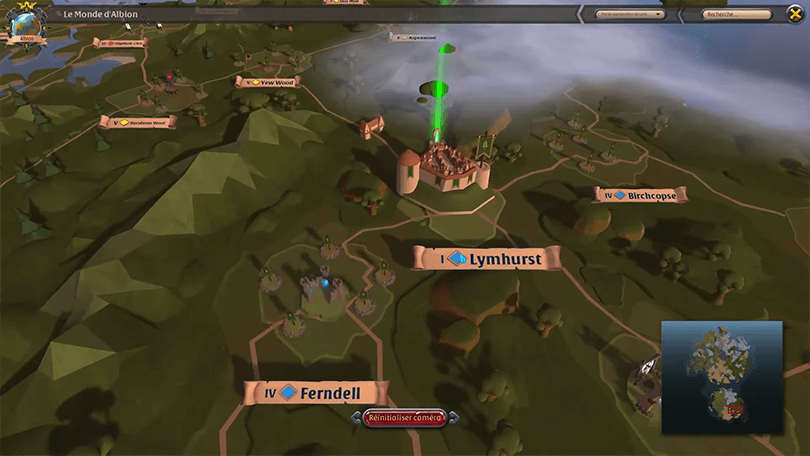
By the way, the towns are very similar and are in fact made up of the same things, i.e. a market to trade with the players, a shop to buy goods and a shop to sell goods.There's a market to trade with players, a repair shop for your items, a transporter to travel from town to town, a bank to store your items and a whole host of other things. Note that the bank and the market are specific to the towns in question and do not communicate with each other. So be careful if you're planning to travel, and remember to take all the items you'll need with you.
Which zone to start in?
With this information from our Albion Online beginner's guide, you may not know which zone to start in, but that's okay for now because you can easily change zones later. Travelling from one city to another only takes a few minutes, so don't worry, it's anything but permanent. You can even use the transporter in each city, which you'll find thanks to this logo and which allows you to teleport between cities for free if you don't have any items with you. However, it will cost you a few silvers if you are carrying things with you, the cost being determined by the weight of the items in your inventory.
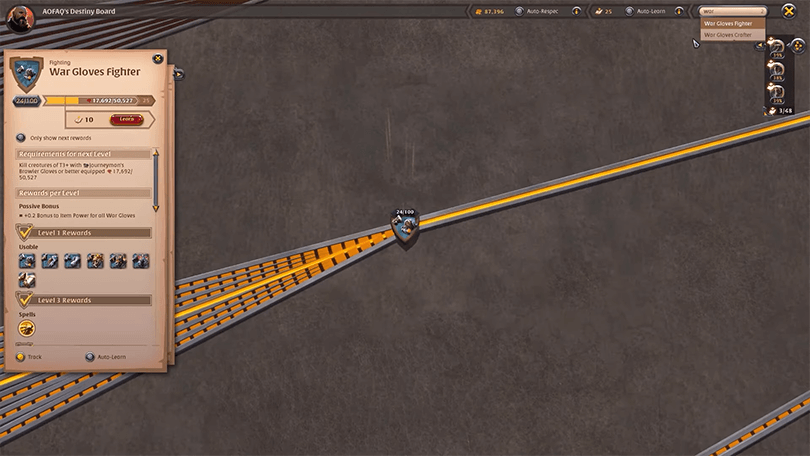
When you finish the tutorial and get to the boat to choose your starting zone, you have a choice of 5 zone names , each of which is a small starting town. The game doesn't really tell you which zone corresponds to which biome, so here's an image to help you out:
What to do after the tutorial in Albion Online?
Albion Online is a sandbox game, which means you can do whatever you want. Unlike linear MMORPGs such as World of Warcraft or Final Fantasy XIV, here you're really on your own, and the game doesn't give you any guidelines. Whether you explore dungeons and remote lands in search of adventure, take on players from all over the world in PvP content or become an influential and famous merchant, it's all up to you. But when you're just starting out, it's not always easy to know where to turn.
Fame in Albion Online
One of the most important things in this Albion Online beginner's guide is to build up fame. It's a bit like experience in most other games, it allows you to gain power. You can use it to unlock different game elements that will make your character stronger.
And to go into a bit more detail, there are different types of fame. There's one for PvP, harvesting and even crafting, but the only one that allows you to gain power is generated in PvE.
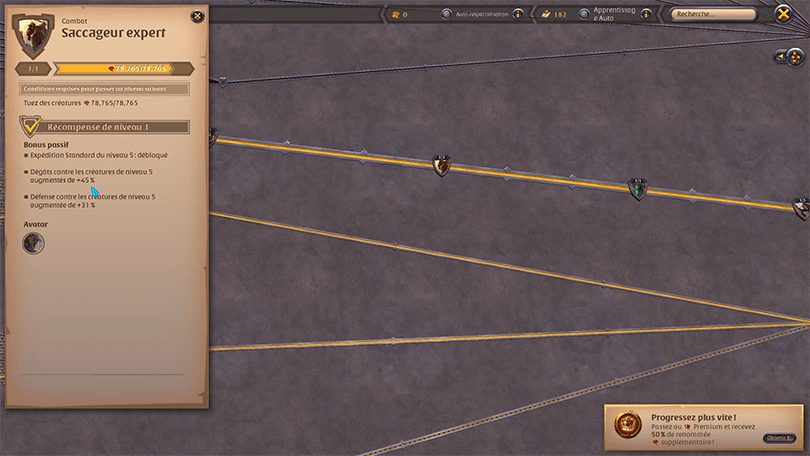
The two PvE farming methods we recommend to get you started are killing monsters in the open world or in single-player dungeons. You'll find monsters outside on virtually every map in the game, excluding cities, and when you kill them you'll earn PvE fame.
PvE
As far as dungeons are concerned, you'll have to search for and find this kind of big rock with a green light on it. Don't worry, they're pretty common on the map. Left-click on it and after a short channeling, you'll be sent to a linear instance with monsters, bosses, chests and loot. Playing PvE from the start of the game will help you get your bearings, understand the combat mechanics and even start to learn the patterns of certain monsters.
If you're reading this Albion Online beginner's guide, you may be worried about getting the right gear for PvE, but a word of advice - don't worry about it too much at the start.These activities are designed to be easily done with just about any gear. However, if you want to get the most out of your build, take a look at our latest article on the best advice for getting started on the Europe server.
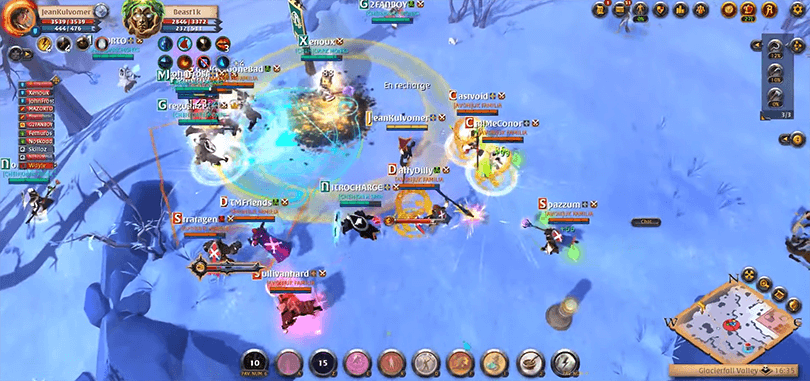
On the other hand, to do these PvE activities properly, you need to be sure that you're facing the right type of monster. Here's how it works: Albion is governed by a tier system for a whole host of things, from the zones in the game to the equipment you wear. The game's different zones range from tier 2 to tier 8, and the higher tier you're in, the more dangerous the zone will be, but also the more profitable. To give you an idea, for example, in a tier 4 zone you'll find only tier 4 monsters and dungeons. To find out which tier your zone is in, open your map and refer to the Roman numeral next to the zone name.
Which PvE zones should I choose in Albion Online?
OK, so which zone should you choose to farm in PvE? Well, to find out, we invite you to open your Destiny Board with the B key set by default, and that's where you'll find what's known as your character's power level, but that's a bit more complex, and we'll talk about that in the next section. For now, we'll just concentrate on the rampaging levels on your left. Each level represents a tier and, once you've reached them, you'll be much stronger against the monsters in that tier. It's really important to take this into consideration, and we strongly advise against taking on tier 5 monsters without having unlocked saccageur tier 5, as you risk losing a few teeth. Increasing these levels couldn't be easier! All you have to do is kill monsters and you'll gradually unlock the next levels.
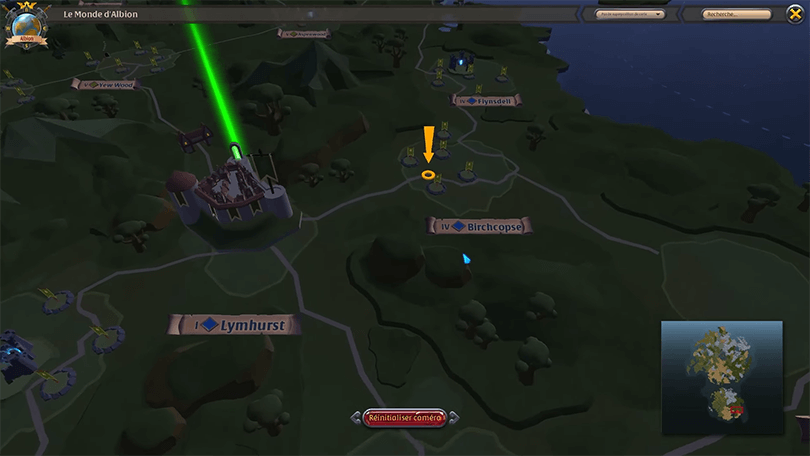
This is our best piece of advice in this Albion Online beginner's guide: play a few dungeons or kill monsters in the open world to familiarise yourself with the game mechanics, and then we'll go a little further.
Albion Online beginner's guide: how equipment works
We've seen what third parties are like in terms of maps, and now we're going to tackle equipment. Be warned, it's really quite comprehensive, so hang on for dear life.
Albion Online is very different from other MMORPGs, and the game's trailers explain it very well: "you are what you wear". You can head off to a single-player dungeon as a fire mage and then, 10 minutes later, join your mates in an alliance war where you'll be playing the role of the frontlane with a mace, shield and heavy armour.
Third parties, an important concept to understand
We told you in this Albion Online beginner's guide that the game follows a tier rule for just about everything, but what is the purpose of tiers on equipment? Well, it's very simple: each piece of equipment has a defined item power, which we'll call IP. Without going into too much detail, the higher your IP, the more powerful the item you're wearing will be. The IP of an item depends on 2 things, firstly the rarity of the item itself. This can range from tier 1 to 8, and the higher the tier, the more powerful the item.
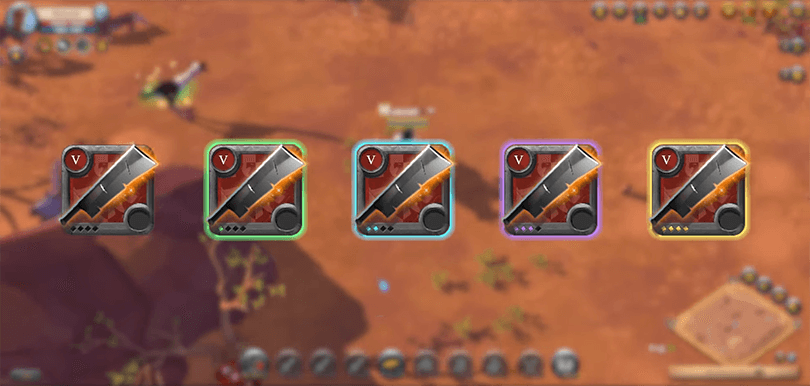
Secondly, in addition to the item's tier, it can also be enchanted, from enchantment 0 to 4. For example, if we take a sharp sword with a tier of 5 and an enchantment of 2, we'll call it a sharp sword 5.2. This one's really important, so keep it in mind. Finally, in addition to an item's tier and enchantment, there's also its quality, and the higher the quality, the stronger the item. There are also other ways of improving your items, such as awakening, but that's a long way into the game when you're just starting out and would deserve its own video, so we're not going to talk about it here.
So that was the first point that determines the power of an item, but what remains to be seen is how much control your character has with that same item, and for that we're going to go back to the Destiny Board. This is where things get complicated.
Albion Online Beginner's Guide: The Destiny Board levels
As with all RPGs, you won't be able to equip every item in the game from the start. The basics you need to know about Albion is that unlocking a Destiny Board tier grants your character rights such as being able to equip new items or craft new resources. If you're wondering "how do I unlock this level?", just click on it and read the instructions to find out. For example here, to unlock the 'companion mage' tier which will allow us to use tier 3 mage staffs, we're told that we need to kill tier 2 or higher creatures with an apprentice fire staff.
So, okay, for combat tiers, all you have to do is generate PvE fame by killing monsters, but there are other types of tiers like harvesting or crafting, and they don't unlock in the same way. Logically, if you want to unlock the tier 5 miner tier to access tier 5 minor equipment, well, you're not going to be killing monsters with your pickaxe, which would be weird anyway. Nah, to unlock the tiers for the different harvesting professions, you'll simply have to harvest resources in the open world.
As for crafting, it's the same thing: you won't need to kill monsters, you'll have to craft them en masse, because the only way to become a blacksmith is to forge them. And now you're beginning to understand the purpose of the different types of fame I mentioned earlier.
Destiny Board combat levels
And now, in this Albion Online beginner's guide, we're going to concentrate on what's most important when you're just starting out: the battle levels, which are all on the left-hand side of the Destiny Board. If you remove the secondary equipment from your character, i.e. your bag, cape, mount, food and potions, you'll have 4 slots for important pieces of equipment: your shoes, torso, helmet and weapon.
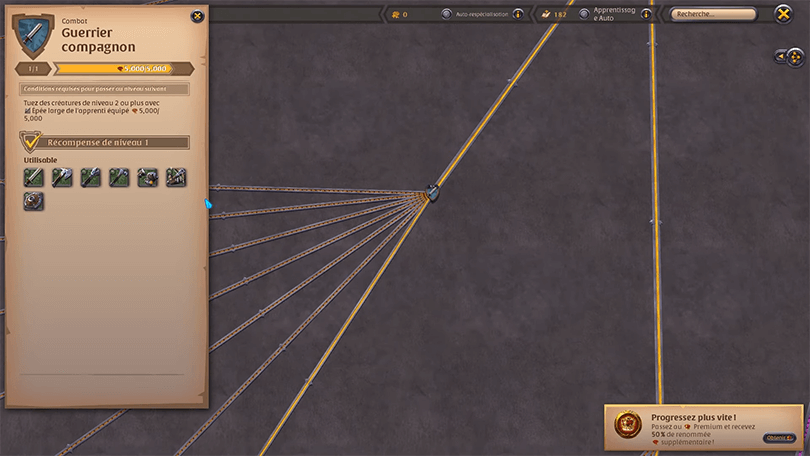
Well, the first level to unlock in the Destiny Board, and you've already done this during the tutorial, is the "Trainee Fighter" level, which allows you to equip tier 2 items. Then, as you progress through the Destiny Board, you'll specialise in different branches to give a real identity to your stuff and therefore to your character, because as we remind you, in Albion Online, you are what you wear. If you follow each line from the 'budding Trainee Fighter' level upwards, you'll reach different levels, all Tier 3. At this level we're still talking about very general stuff, and it's really from Tier 4 onwards that the equipment becomes more specialised.
Tier 4 and levelling up in Albion Online
After a few hours of PvE farming, you'll finally reach Tier 4, and that's when the real game begins. From here, you'll progress from level 1 all the way up to level 100, where you'll be able to equip Tier 8, the maximum rank. As you gain levels, you'll unlock the different tiers of equipment, as well as additional spells that you can choose directly by clicking on your weapon in your inventory. This is one of the reasons why some of your spells are sometimes displayed as blocked, meaning that you haven't yet reached the level required to master the item.
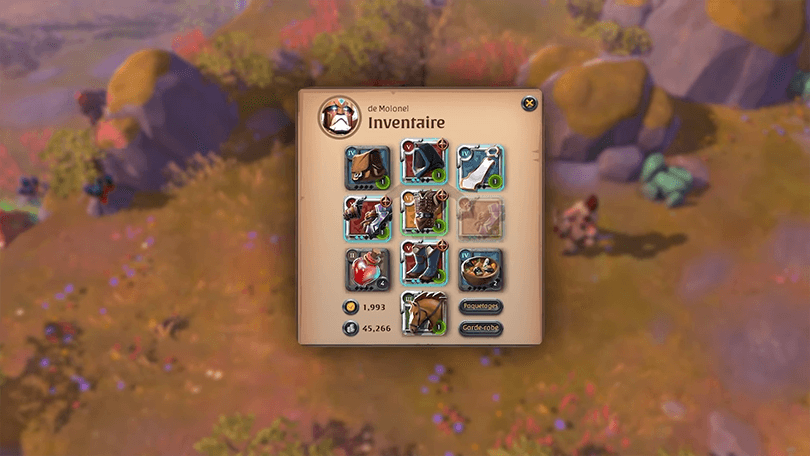
And for the clever ones among you, you'll have noticed from this Albion Online beginner's guide that there's a final branch above tier 4. All these branches are specialisations that allow you to greatly increase your ip on your items. To give you an idea, if we take two players, one with his specialisations at zero and the other with his specialisations at maximum and wehave them equip the same set of tier 4 items, one will have an average IP of 700 while the other may have an average IP of over 1000. Specialisations are therefore very important for increasing your power, so be sure to take a look at them.
Learning points and combat fame credit in Albion Online
Well, that's about it as far as the tiers are concerned, and there's one last thing I'd like to talk about: learning points and yellow combat fame credit, which can speed up your progress in the Destiny Board. Learning points are used to advance to the next level of any tier once you've reached at least 20% of its progression. All you have to do is click on this button and you're on to the next level.
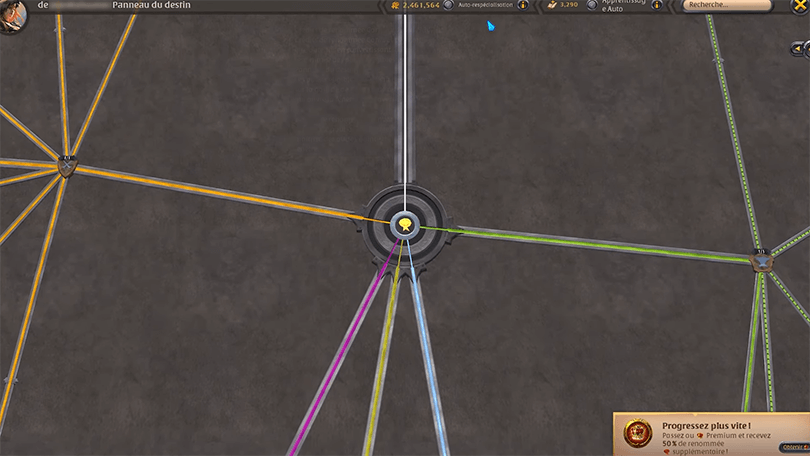
Most experienced players only use these points to level up the harvesting professions, as this is what takes up the most time in the game. These learning points are generated every day once you've generated a small amount of fame.
The yellow renown also allows you to pass levels in one go, but the difference is that it only applies to combat levels and you don't need to reach 20% of the progression to pass a level. This means that if you have a lot of yellow fame credit, you can go from level 1 to level 100 in just 1 click. This yellow fame is generated when you are already level 100 in a tier and you continue to farm that same tier. Think of it as a surplus of fame that overflows and that you can redistribute wherever you want.
OK, so that's a lot of information, but don't worry, you'll retain it over time through practice.
Harvesting, crafting and economy in Albion Online
If you're generally interested in harvesting, crafting and economy in MMORPGs, you're in for a treat in Albion Online. Many players like to harvest resources themselves to craft their own equipment. Well, we're going to show you how to do it from A to Z, so I can cover all the points in one example.
Let's say we want to make tier 4 battle armbands. From the Destiny Board, you click on the tier 4 battle armbands icon and you'll see that to make them you need 12 bars and 20 tier 4 hides. You can also click on these refined resources to find out how to make them, for example here, a T4 bar is made with 2 T4 ores and a T3 bar.
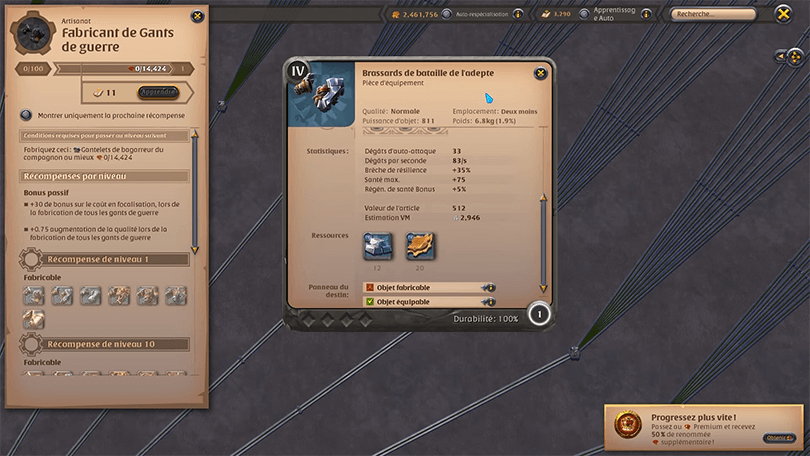
To make our item, we'll need to harvest the raw resources in the wild, then return to the city to refine them and finally make the armbands.
Bear in mindthat you won't be able to do all this right from the start , as you'll first need to raise your harvesting, refining and manufacturing skills to the appropriate level for the item you want to make, in this case Tier 4. Don't worry, it's relatively quick because we're talking about a relatively low-tier item here, but it would take several dozen hours of play if you did the same thing with a tier 8 item.
- We'll start by harvesting ore and leather, and to do that we'll go to the desert biome, where these two types of resource can be found. There's a peculiarity to the harvesting profession in that you can collect resources of a higher tier than the tier of your tool. So if you want to harvest tier 4 resources, you'll only need tier 3 tools. You can of course craft your own tools, but we'd still advise you to buy them at the market, as they're really cheap in tier 3 and will save you a lot of time.
- Now that you've harvested the resources you need, it's time to move on to the refining stage, to transform these raw resources into raw materials. Remember, each town has its own refining bonus, for example Martlock for leather and Thetford for ore. Once you're in the town, you'll need to find the workshops you need from the minimap, which you can display by pressing the N key, set by default. These workshops belong to different guilds, and most of them can be used by all players, who must pay a small fee for each item or resource they make. Each workshop has a different manufacturing cost set by the guilds, so make sure you take the cheapest one to lighten your wallet. So we're looking for a smelter to turn our ore into bars and a tannery to make leather.
- Once we've refined our resources, we finally reach the last stage and all that's left to do is get close to a forge to make our battle armbands . Click on the button and congratulations, you've made your first item.
Note that there are also other places to refine and craft, such as the black zone or your own islands, but we don't advise you to start there.
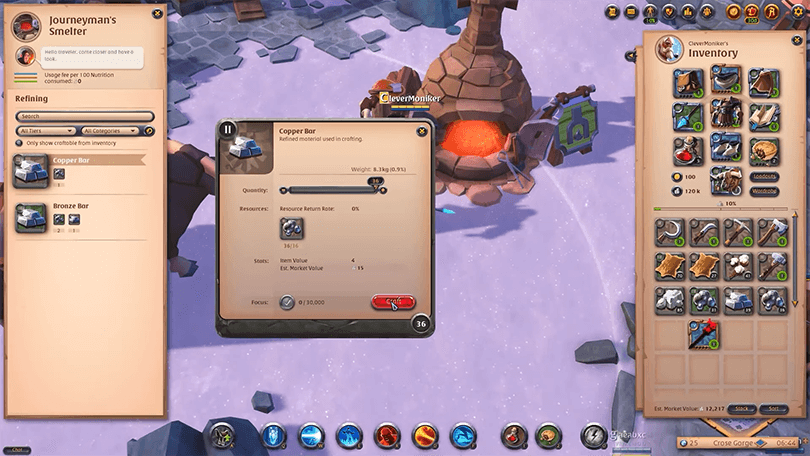
Each of the steps we've done together - harvesting, refining and crafting - can of course be done individually. You don't necessarily have to go through the whole process to make your items. In fact, most advanced players who have made a lot of money from the economy specialise in just one of these categories, and that's mainly for one reason: focus.
Albion Online beginner's guide: focus
Before we look at focus in this Albion Online beginner's guide, we need to tell you about Albion Online's premium membership. There are two types of currency in the game. The first is silvers, which you generate directly in-game and use to trade with other players. The second currency is gold, which is considered to be Albion Online's premium currency, and you can buy it using your wallet, but also directly via your silvers. Gold is traded at a rate that rises and falls depending on what players do with it. So what's the point of a premium subscription? It gives you a whole host of benefits, some of the most important of which are +50% global fame, +50% silver loot on monsters and, last but not least, +10,000 focus per day.
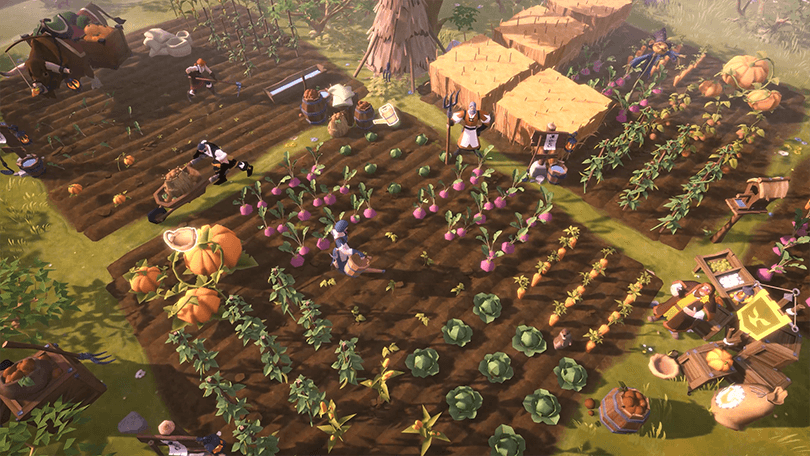
This focus, which you can only generate with the premium button, allows you to increase the profitability of all your economic activities, such as refining, crafting and farming.
However, this way of looking at things is very different with the arrival of the new Europe server. Since the economy is still very new, all activities are still very profitable even without premium and without using focus, so enjoy manipulating the game's economy.
Albion Online beginner's guide: PvP
Most new players come to Albion Online for its PvP aspect. The game is renowned for its large open-world battles with full loot PvP, meaning that if you kill your opponent, you can take their equipment. However, there is some non-lethal PvP content that allows you to keep your gear even if you die, which is perfect for players new to Albion. There's plenty of PvP content to discover, but to get started and get your bearings, we'd recommend 2 of them: the arena and the Corrupted Dungeons. We'd advise you to get at least tier 4 equipment before getting fully into the game.
The arena in PvP in Albion Online
The arena is a must in this Albion Online beginner's guide. It's a point-capture format played in 5 vs 5 with 1 healer in each team, and you can launch matchmaking directly via this menu. You can sign up alone or with teammates for coordinated battles.
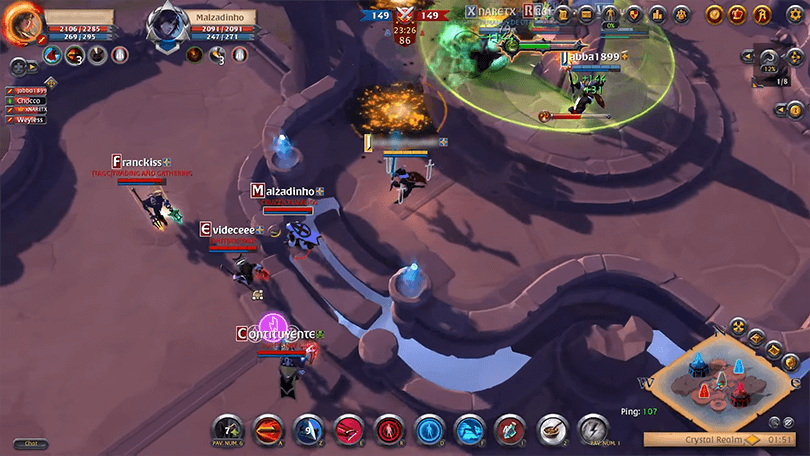
If you win the arena, you'll win a few bags of silvers and books of fame, which is a great way to start the adventure while getting your foot in the door of the non-punitive PvP world, as you get to keep your equipment in the event of death. This game mode drastically reduces the power of all players' items if it exceeds 900 ip, so there's no need to farm hyper-powerful equipment before signing up.
The Corrupted Dungeon for PvP
On the other hand, the Corrupted Dungeon is a 1v1 PvPvE format and, as with a single-player dungeon, you'll need to find a red stele in the open world in order to enter it. Be careful, however, to find this stele in a blue or yellow zone and to select "hunter" mode if you want to land in a non-lethal Corrupted Dungeon, so as not to risk your equipment. When you enter the dungeon, you'll find an altar at your spawn location to activate or not, which increases your chances of running into another player in the dungeon. It's a really good way to get started in 1v1.
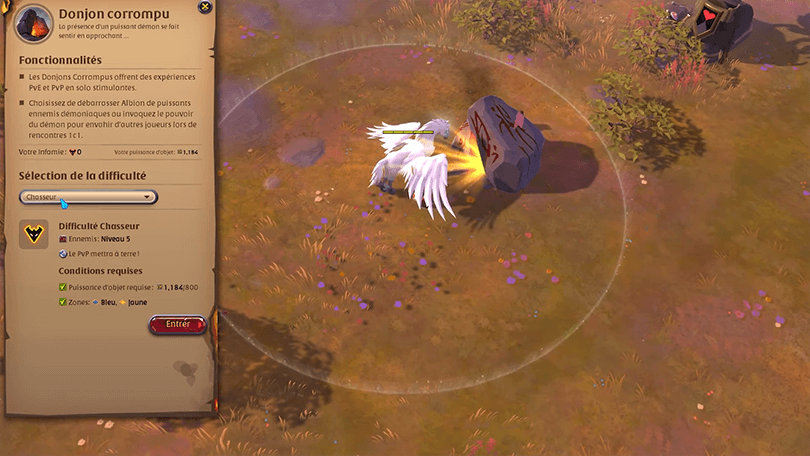
In this Albion Online beginner's guide, we really recommend that you discover PvP with these two modes before launching into other modes such as mists, hellgates, Avalonian routes or open-world battles.
Progress in Albion Online with our beginner's guide
As you progress through the game and experiment with different activities, you'll start to explore more of the world of Albion, particularly its more dangerous, but also more interesting, areas. Let's take a closer look at the game's different zones, in fact there are 4 different zones, each represented by a colour: blue, yellow, red and black. Our Albion Online beginner's guide tells you more:
- Blue zones are for beginners, as PvP is not allowed, and range from tier 2 to tier 4.
- The yellow zones are exclusively in tier 5 and you can start fighting each other, but death isn't punitive as you'll fall to the ground for a few seconds and keep your equipment. As a result, there's virtually no combat in the yellow zones either, which are relatively similar to the blue zones. You'll find blue zones and zones relatively close to the game's 5 cities.
- Red zones are said to be lethal, meaning that if you die you lose all your equipment. However, to attack another player, you must first activate PvP mode by clicking on this button, which causes a channeling and changes your nickname to red, indicating to other players that you are hostile. If a hostile player kills another player in a red zone, they will lose reputation, which in turn will prevent them from joining a certain zone, which can quickly become restrictive. Also, when you enter a red zone, you can see the number of hostile players in the bottom right-hand corner, which can give you an idea of whether to farm here or on another map. All the red zones are tier 6 or 7 and are located in the centre of the map around the town of Carleon. This town is used for its black market.
- Finally, the black zones are the most dangerous in the game, as all players can attack each other and all your equipment will also be lost when you die. Unlike the red zones, there is no hostile player counter, so you have no way of knowing how many players are on the map. The black zones are found exclusively on the upper continent of the map and range from tier 5 to tier 8. To access them, you'll need to go to one of the 5 major cities and join a large portal in the city's colour, as you can see on the mini-map.
Each zone has a different reward bonus, and you'll obviously be more profitable in the dangerous zones.
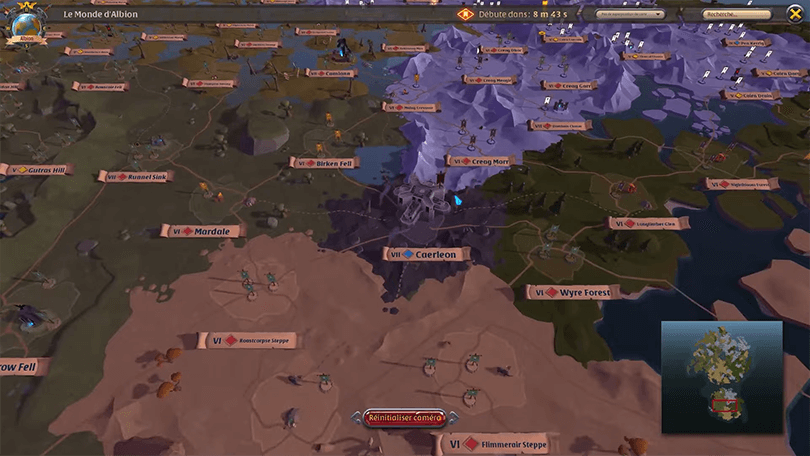
In this Albion Online beginner's guide, we therefore suggest that you familiarise yourself with the game and generate your first silvers in safe zones, then quickly move to lethal zones to become more profitable. Bear in mind that in Albion Online, equipment should be treated as a consumable. Since you can lose it at any time, we strongly advise against investing all your silvers in a single set. Instead, set off with equipment that you can buy at least 5 times over so that your death isn't too punishing. Honestly, you're likely to die a lot on your first few outings, but it'll help you learn the basics of PvP, and believe me, that's essential knowledge in Albion Online.
That's it, we're done with this Albion Online beginner's guide! We hope you enjoy the new Europe server if you do take the plunge!
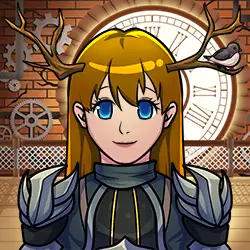
Similar articles
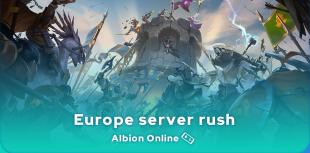
Europe server rush guide for Albion Online, our best tips
Want to be well prepared for the Albion Online Europe server rush ? We've got all the top tips and advice you need to get started. With our found...
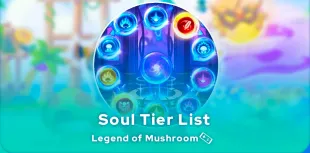
Legend of Mushroom Souls tier list | ranking of best souls in 2024
Martial souls are an ally not to be neglected if you want to gain in power. They need to be developed with discernment in order to extract their...

Kingdom Guard tier list: ranking of the best heroes
Welcome to our Kingdom Guard tier list, your ultimate guide to the best heroes in the game! In this article, we take a look at all the characters...

List of free Monopoly GO daily dice links (May 2024)
Getting free dice links on Monopoly GO means you can play your favourite game for longer. Loot other players' banks mercilessly, destroy their bu...

How to get different shields in Monopoly GO?
Are you new to Monopoly GO and are some of the game's mechanics still a little unclear to you? This mobile version of the famous board game offer...
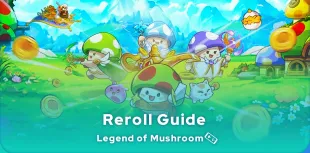
Legend of Mushroom Reroll Guide: How to change class?
We're not immune to changing our minds. Now that you've read all our Legend of Mushroom tips and tricks, you realise that you're in the wrong cla...




